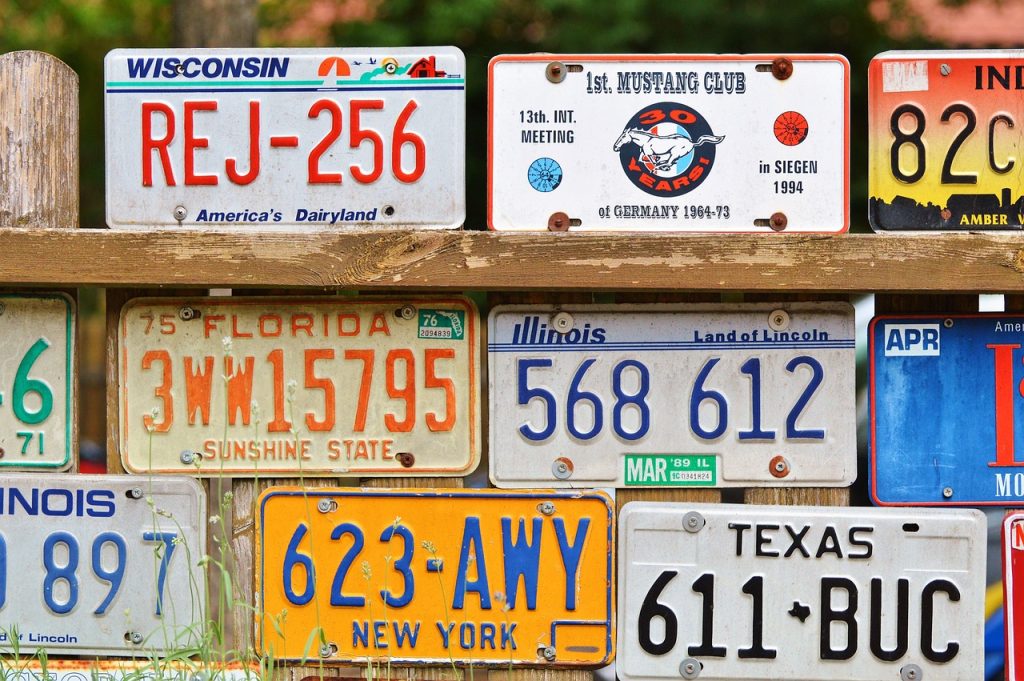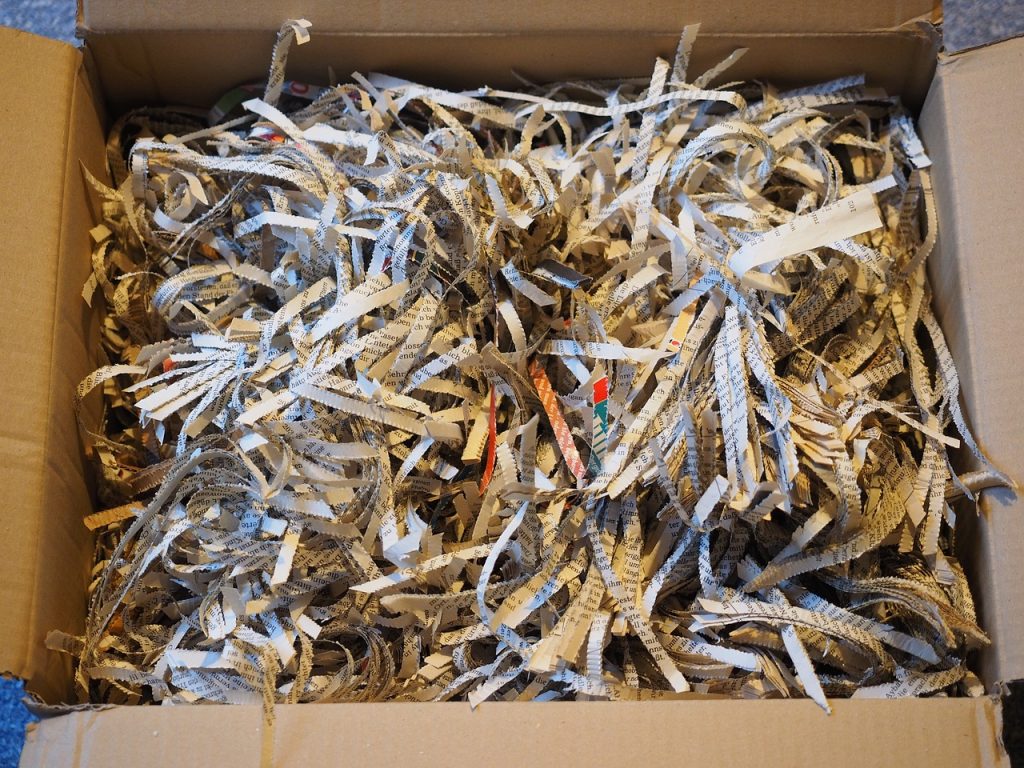- Locate a local recycling facility that accepts license plates.
- Understand your state’s specific rules regarding license plate disposal and recycling.
- Evaluate the worth of your license plates considering their recyclability.
- Store the license plates properly in a plate box to maintain their condition.
- Handle painted license plates with care, ensuring safe recycling.
- Transport the license plates to the designated recycling facility or DMV.
- Ensure the facility processes the plates in an environmentally-friendly manner.
Where to Return License Plates for Recycling and Understanding their Worth
When a vehicle’s registration changes or if it’s no longer in use, states often require that the license plates be returned. But where do you return the license plates? The state’s office usually accepts these plates for recycling. That’s right, license plates can be recycled! The question is, what are plates worth when recycled? Truth be told, the plate license doesn’t generally have a monetary value, but its environmental worth can be significant. The plates, like any metal object, can be repurposed to create new items, alleviating pressure on mining new metals. Though the vehicle isn’t being used, its license plates can have a second life. Imagine that every vehicle, not just in your state but across multiple states, goes through this process. The impact on resource conservation is enormous! So, don’t discard your plates, return your license to your office and help keep a sustainable ecosystem.
The Process to Dispose of Vehicle Plates: How Recyclable Materials Impact Plate Worth
In understanding how to recycle license plates, you need to grasp the process to dispose of vehicle plates. The cycle of disposal can vary based on the materials used. Contrary to common belief, vehicle plates aren’t all created alike. Some might contain more recyclable content than others, and this can impact their worth when you attempt to recycle them. Most plates have a mixture of aluminum and other metallic substances, making them prone to recycling. You aren’t merely ditching, but you’re contributing to an ecosystem that reuses materials.
The recycling process involves separating the painted metal from the raw aluminum. This separation makes recycling more feasible. That’s the primary reason why the plate number isn’t usually an issue during recycling. Disposing of vehicle plates doesn’t mean wasting; instead, it implies giving them a newer, more sustainable life. So, when you contemplate discarding or recycling your vehicle plates, consider the significant role you’re playing in the recycling circuit.
Guide to Properly Store License Plates in a Plate Box Before Recycling
When you’ve made the decision to recycle your old vehicle plates, there’s a proper way to store them before you dispose of them. A plate box can be used to keep them organized and undamanged. Plates are often painted metal, which is recyclable, but they need to be kept in decent shape to be efficiently processed by recycling facilities. Dispose of your plates by first placing them in a plate box. This box should be stored somewhere dry and safe, far away from any potential sources of damage. This simple act can greatly improve the way these plates are recycled. Moreover, it’s beneficial to have the necessary information about the licensing as this can have an impact on the worth of the recyclable materials made from plates.
This method of recycling plates is a great contribution to environmental preservation. So next time you switch out your plates, remember to recycle, because every little bit counts.
Tips on How to Evaluate Your License Plates Worth Before Recycling
It’s vital to evaluate your license plates worth before deciding to put them in the recycle bin. You’ll need to gather all the accurate information about the plates you possess. As a start, check for the state indicated on your plates since different states have varied recycling policies. The value of your license plates can significantly increase depending on their recyclability. Plates composed of recyclable materials can be more valuable due to their contribution in minimizing global warming.
Next, look into the paint condition of the license plates. This is essential as disposing of painted metal needs extra care to ensure safe recycling. Understanding that your plates worth could be affected by the complexity of the recycling process can guide you in decision-making. Finally, prior to recycling make sure to store the license plates properly in a plate box. This can safeguard the plates from unnecessary wear and tear, thus preserving their worth.
How to Recycle License Plates: A Detailed Procedure
If you’ve got old license plates in your garage, don’t throw them away. Learning how to recycle license plates properly is important. Not only does recycling license plates help reduce clutter, but it’s also great for the environment. So, where do you start? The DMV is an effective place to return license plates for recycling. But before you head there, there’s one critical step – understanding the plate’s worth. Considering the recyclable materials in the plates can make a difference in their value. Some folks even store license plates in a plate box before recycling to maintain their condition. If your license plates are painted, they’re still recyclable. Many license plates are made of aluminum, which holds its value even when painted. Evaluating your plates’ worth before recycling is always a smart move. Just remember, recycling isn’t just civic duty – it can bring monetary gains too!
Explaining the Use of Painted Metal in License Plates: An Insight into Recycling
License plates, whether vintage or modern, are largely made of painted metal materials, primarily aluminum. It’s vital to grasp what makes up these plates before embarking on recycling. Aluminum is chosen for its lightweight and rust-resistant attributes. Its paint isn’t just for aesthetics; it also aids in protection and long-term resilience, ensuring the plates’ information is visible and the state’s identifier is easily recognized. However, the use of this painted metal does pose some challenges when it’s time to recycle license plates.
While recycling, the paint needs to be appropriately removed or treated before the aluminum can be successfully reprocessed. Thus, recycling plants often have procedures in place to safely deal with painted metals. By understanding this, you can optimize your recycling potential and efficiently recycle your license plates. Through cautious evaluation and preparation, including proper storage in a plate box, you can ensure your license plates’ worth is maximized in the recycling process.
Understanding the Dos and Don’ts of Disposing License Plates of your Vehicle
Understanding the dos and don’ts when choosing to dispose of your vehicle’s license plates plays a significant role in ensuring careful recycling. So, how do you deal with this painted metal staple from your car? First, realize your license plate is not ordinary trash. It contains recyclable materials, and disposing it in your county–whether you’re in Washington or anywhere else–requires certain steps. Old plates can be returned for recycling. If they’re in good condition, they may have worth. Evaluate the plate’s worth before recycling, as some vintage plates may be valuable. A car license plate can also be stored properly before recycling. And remember, the process to dispose of vehicle plates is not universal. Plates made with different materials have different requirements. Although it may seem unnecessary, understanding these steps towards recycling license plates is crucial for both economic and environmental purposes.
.




